Buying a Camera – First published in Coarse Angling Today magazine 2015.
Fishing and photography seem to complement each other perfectly. From recording our catches, to recording the scenery, most of us have a hankering to capture the moment whilst on the bank. Yet, to put it bluntly, most anglers take rubbish pictures! This doesn’t have to be the case though, with a bit of practice anyone can take great fishing photographs, as I hope to show you how.
Over the next few months I hope to cover the basics of angling photography, cutting through the jargon and hype to show you how to take better photographs of the fish you and your mates catch, and the venues you fish. Be careful though, once your mates know that you are ‘good with a camera’ you will be in constant demand!
What camera is right for you?
Fishing changed forever when digital camera became the norm. I can remember an age where you waited for your films to come back from the processor and hoped that you had the shot in focus, had exposed it right and hadn’t cut your mates head off! Being instantly able to check your results is probably the most significant thing that digital cameras are able to do and photography has improved no end thanks to the digital revolution.
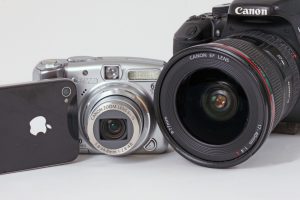
The size of the lens makes a massive difference.
You can spend thousands and thousands of pounds on camera gear, but is that really necessary to take great shots? The answer is absolutely not. If we take as our benchmark being able to get your catch shots printed in a magazine, then you can buy a simple compact camera for under 80 quid that will do the job. But, and it is a big but, it will have its limitations.
Cameras at the bottom end of the price range tend to be less good in low light conditions, and the results can appear a little grainy. The main limitation on compact cameras, especially the cheaper ones, is the size and quality of the lens. This we will come back to time and again, but the biggest factors that affects the modern camera are the quality of the sensor (the bit of wizardry that actually captures the image) and the make-up of the lens. As a rough rule of thumb, the smaller the diameter is the more difficult it is to get great results. An extreme example of this is the camera phone. The lens on this is tiny, and the results will be poor at best.
More expensive cameras will also have other features that will become essential as your photography improves. An optical viewfinder (the bit you look through, rather than just looking at the screen on the back to compose the shot), a bracket on top to take a flash gun, a big display to review your pictures, and a remote control for self-takes, are all features that will make a difference to your photographs.
Compact or SLR?
A fully functioned compact camera is likely to set you back in the region of £300-400. A camera like this is going to give you great shots, and last you a long time, but for the same money I would argue that you can buy an equally good SLR (Single Lens Reflex) camera that will allow your photography to expand much further.
The major camera brands have shot themselves in the foot to be honest. The image quality on their entry level SLR models is now so good that there is no reason to spend a fortune on cameras. Every year I look at the latest camera releases and yearn for the latest expensive models, but the bottom line is that you don’t need them. It is the

Being able to change the lens is the biggest advantage of an SLR.
quality of the lens that makes the most difference to your photos, and the great benefit of an SLR is that you can bolt a top of the range lens on to a budget body and get show-stopping results. Most SLR cameras will come bundled with a budget lens that will be equally good as the lens found on a compact camera, but of course on the SLR you can upgrade this at a later date, something you can’t do with the fixed lens on a compact.
Most of the major camera brands also now update their models every 12 to 18 months, so if you are prepared to hang fire then very often you can pick up a great bargain as the current model is phased out. Chances are the new model will have very little improvement over its predecessor.
A lot is made of the number of megapixels that the camera has, but once again, on modern cameras this is really a bit of a red-herring, and more is not necessarily better. This is the number of photo reactive cells on the cameras image sensor. In theory, the more pixels the sharper the image, but once you get above about 8 megapixels the results are difficult to tell apart unless you are planning to have your pictures massively enlarged. Once again, the lens is much more important once you get above 8MP.
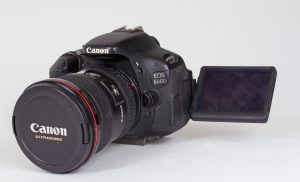
A mid-range SLR is for my money the best option for the angler.
Brand Power
All of the major camera brands make great cameras. Each differs slightly in their strengths and weaknesses, but my advice would be to choose a brand and stick with it and learn how to get the best out of it. Canon and Nikon have the bulk of the market, but Pentax, Sony and Sigma all make great cameras, just bear in mind that accessories designed for these brands might not be quite as easy to get hold of as those for the big two.
Don’t forget the extras…
If you are anything like me, you will want the best camera you can afford, and forget to budget for the extras that you are going to need to add to your photographic gear.
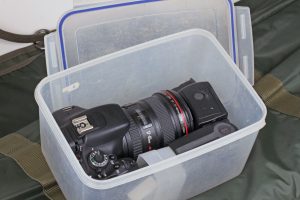
I use a tupperware box when fishing.
OK, you can build these up over time, but sooner or later you are going to need to purchase the following, so bear it in mind!
Camera bag – these often get thrown in by camera shops to sweeten the deal. Personally, I prefer to store my camera when out fishing in a good quality clip-lok Tupperware box. This has had a couple of dips in the water over the years and has always kept my precious camera totally dry, something a bag would not do.
Tripod – for self-takes in particular a tripod is almost essential. I also carry a couple of Gardner bankstick adaptors, but a cheap tripod is generally a much better and more secure option, especially with SLR cameras.
Editing software – every shot that comes out of a digital camera can be improved with a bit of editing back on your computer. This might just be cropping the edges away, or perhaps brightening it up a touch, but to get the most from your photos you are going to need a software program such as Photoshop Elements.
Memory Cards – Again, you might get a card bundled in when you buy the camera. Remember though you will need a card to save your pictures and a card reader to transfer them to most computers. I like to carry several small cards, rather than one big one that can store thousands of pictures. Fingers-crossed, I have never had a card let me down, but imagine losing all of your precious pictures that have been stored on one big card.
As a rule-of-thumb the basic bits and pieces to get you up and running are going to add about another £100 to the bill. You can spend a lot more, and in later months we
will look at some of the other bits of kit to spend your hard-earned cash on.
That’s it for this month. Next month I am going to take a closer look at the back of your camera and how you can get great shots straight from the box.
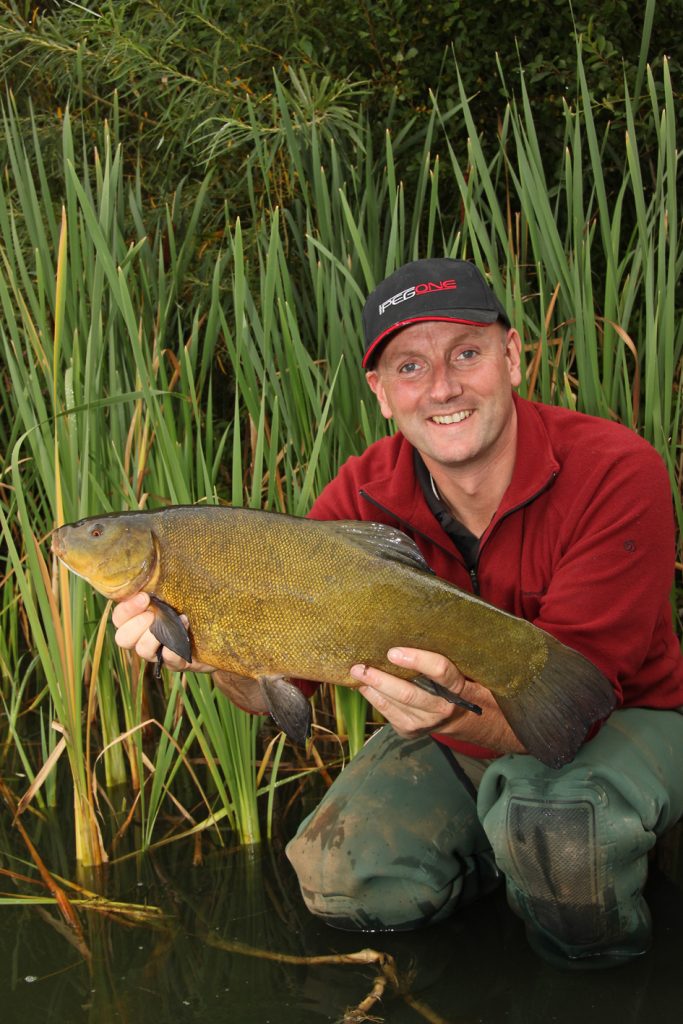
You don’t need to spend a fortune to get some nice shots.
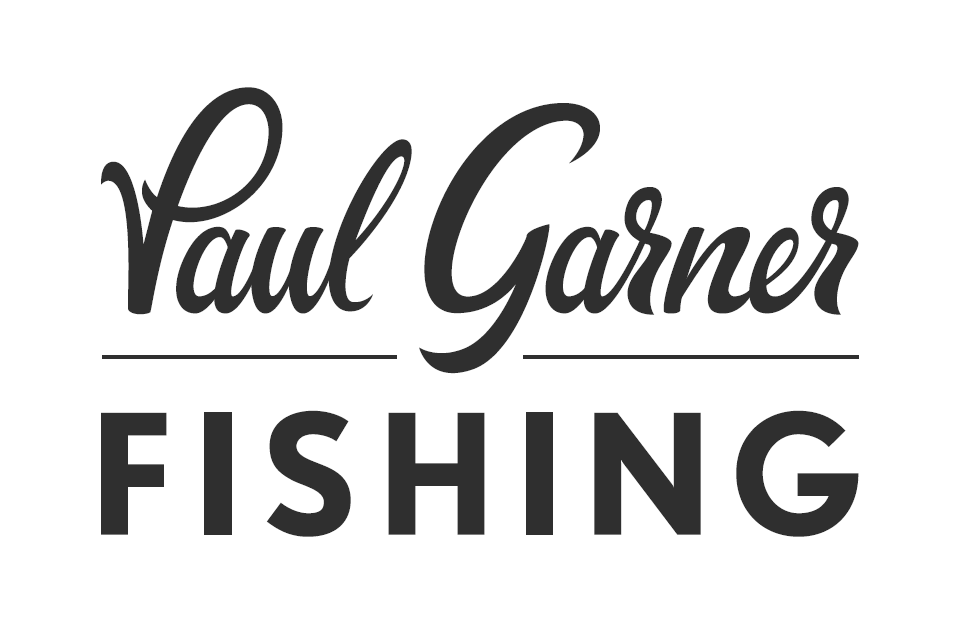
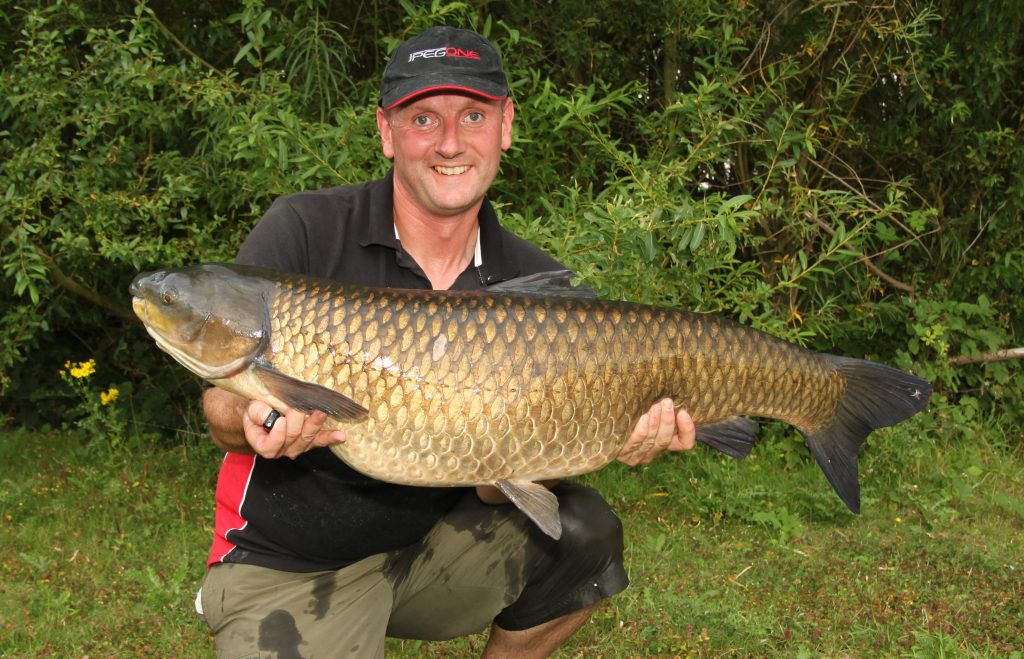
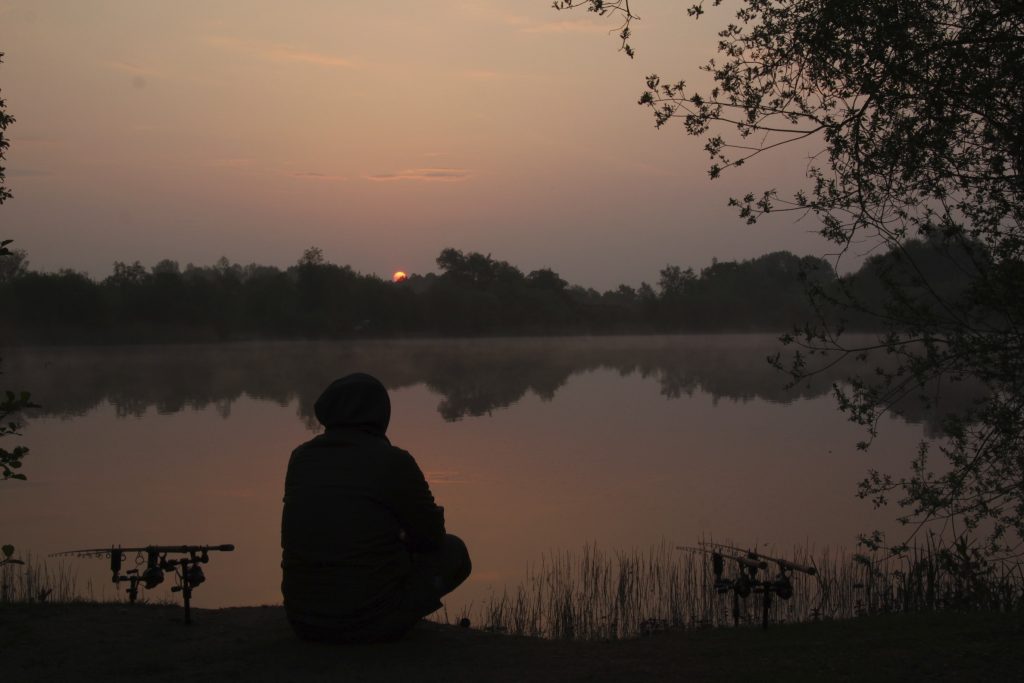
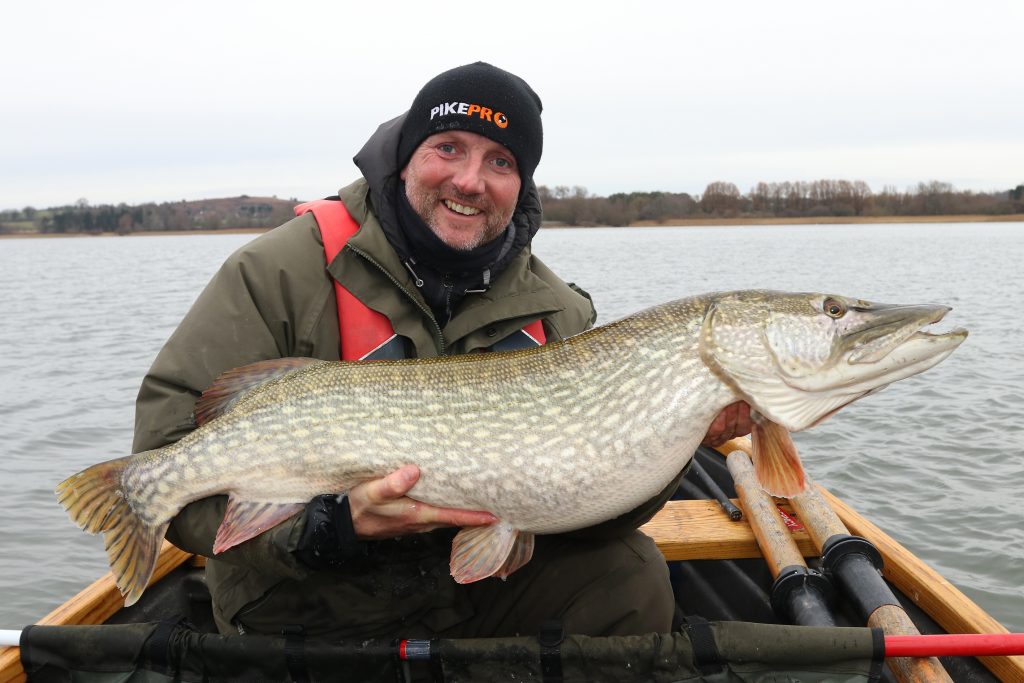
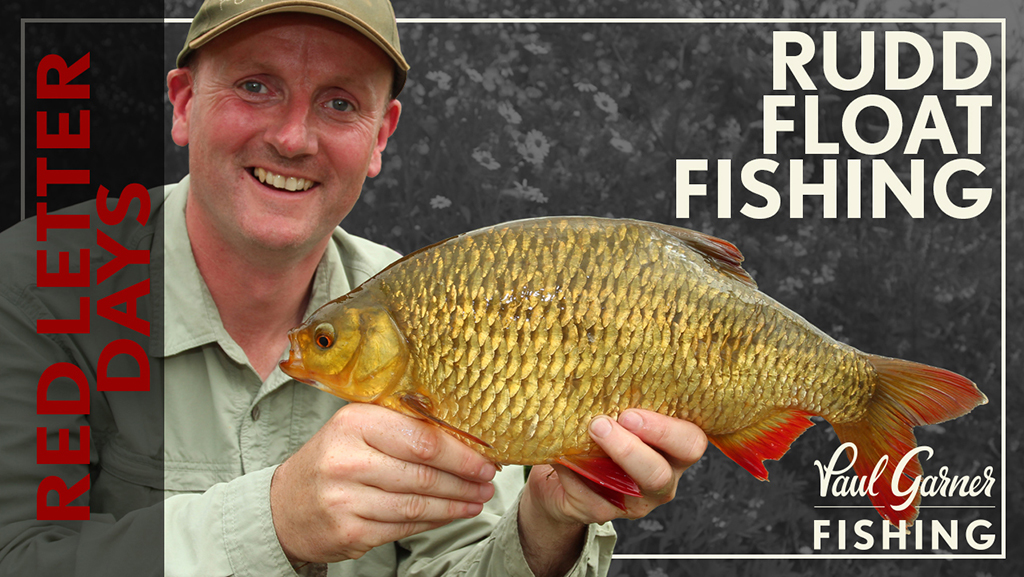
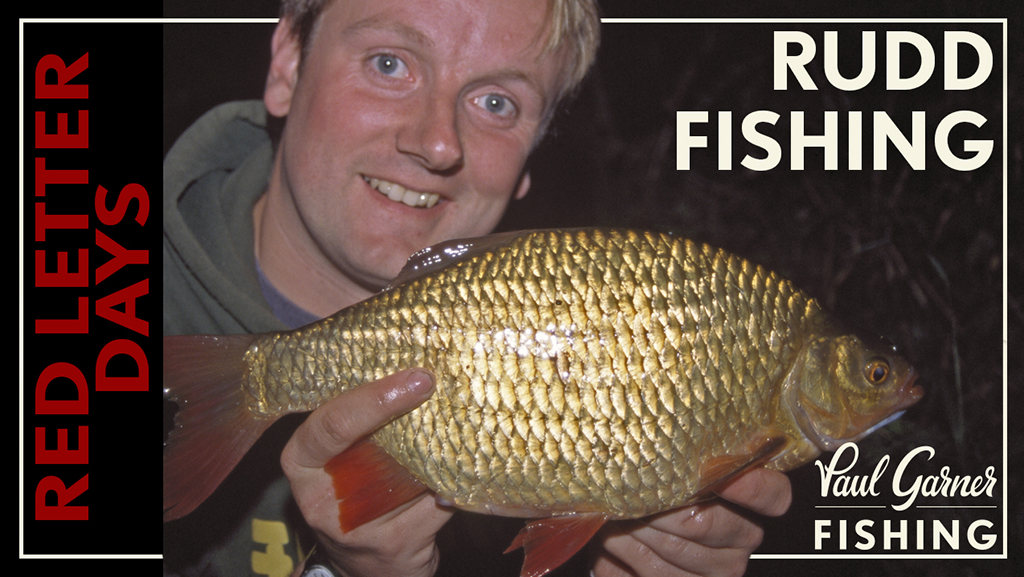
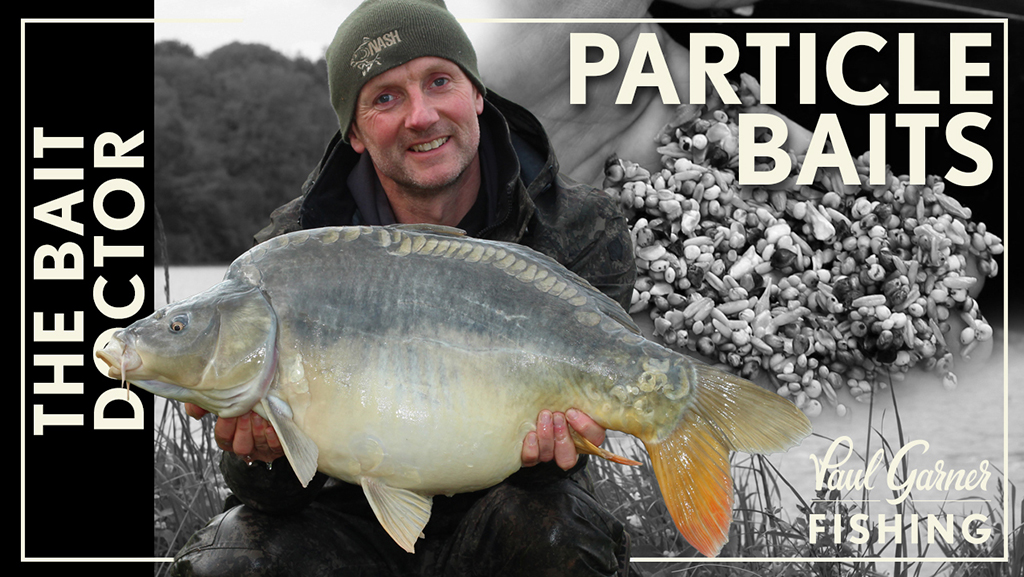
No Comments